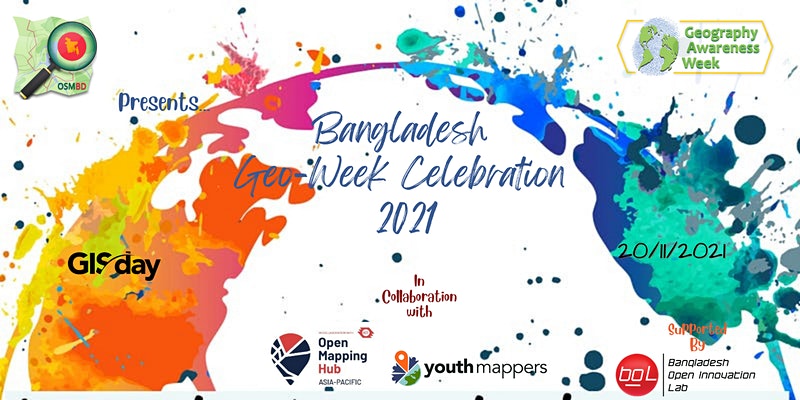About the project
Following the COVID-19 pandemic since early 2020, there has been a significant drop in community activities. Though multiple virtual mapathon and training sessions were organized by different teams & groups from the community, the regular buzz was missing from the crowd. At the same time, the need for comprehensive map coverage was felt throughout the humanitarian sector, especially with the initiatives to mitigate COVID-19 impacts. Focusing resilience against the effects of such pandemic in the coming days, while mitigating the impacts of the recent past and as a part of preparedness against natural hazards like floods, river erosion & cyclones especially in the ever vulnerable coastal belt of the country the community has taken an initiative to restart mapping the gaps in the coastal & vulnerable region of Bangladesh. To kickstart one of the southern districts of Bangladesh, “Bhola” has been selected by the “Facilitating Committee” on behalf of the community. Open Mapping Hub Asia-Pacific (OMHAP) initiated by Humanitarian OpenStreetMap Team (HOT) is supporting the initiative under their community booster grant program. Bangladesh Open innovation Lab (BOIL) is also supporting the initiative with technical & logistic support.









